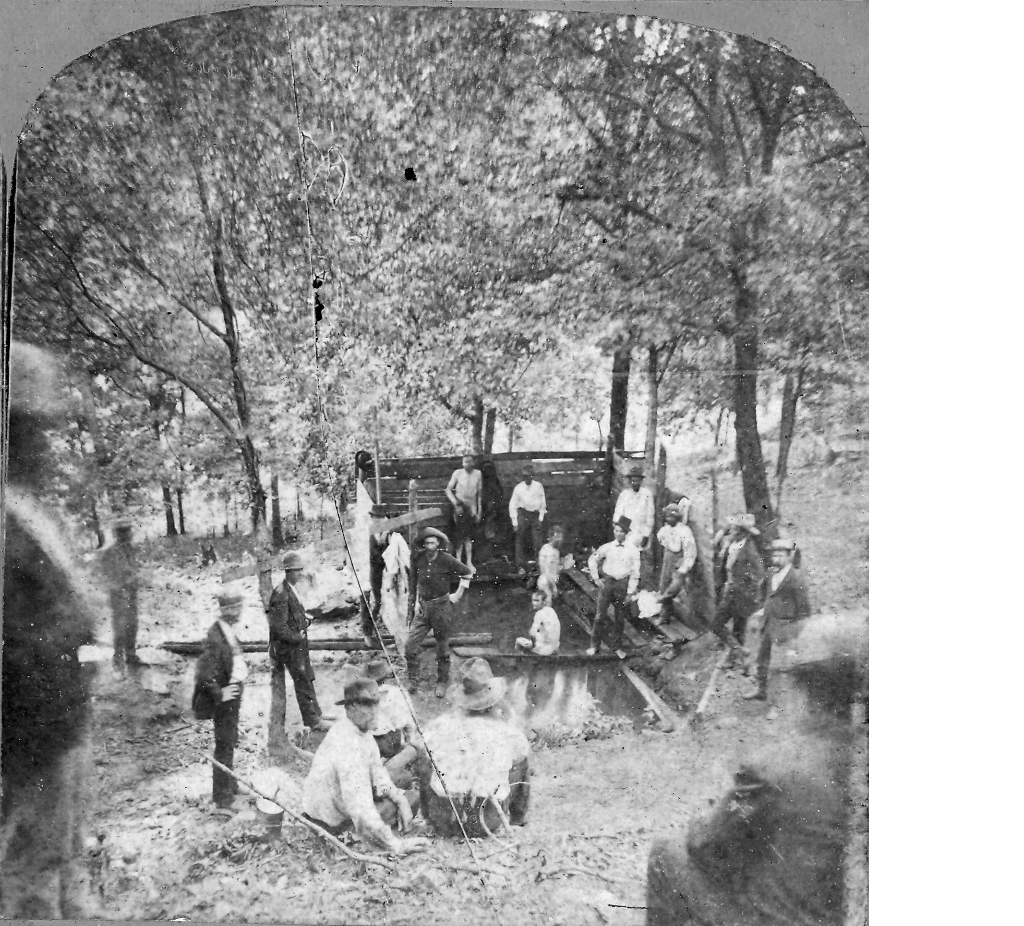
Ral Spring was perhaps the most famous of the thermal water sources in Hot Springs in the nineteenth century.
Located midway up the slope of Hot Springs Mountain, Ral Spring lies at the base of a short outcrop of tufa rocks. The pool located here was dug out of the tufa rock and combined the waters of a cooler spring nearby. The primary spring was measured at 145 degrees in 1901 and flow of 6 gal/minute.
Ral Springs was associated with the most remarkable outcomes in Hot Springs. The name “Ral” was likely an abbreviation of “neuralgia,” which was another term for symptoms of the venereal disease syphilis.
The stories of healing, along with free access, made Ral Springs the destination for hundreds of health seekers who could not afford the costs of the bathhouses. A small building was built over the site to serve as a crude bathhouse. An encampment around Ral Springs became known as Ral City. National reporters often highlighted Ral Springs diverse users to present Hot Springs as the nation’s health destination for rich and poor alike. One visitor wrote, “the virtues of said water are so apparently superior to the bath houses that all classes go there, although the structures are the roughest imaginable.”
Ral Springs became the source of controversy in the 1870s as bathhouse owners sought to control access to the springs. Bathhouse owners claimed that the freely accessible springs led to a loss of revenue and that the waters were contaminating springs at the bottom of the hillside. The reservation’s first superintendent mostly agreed with the bathhouse house owners. He ordered the structures over Ral Springs be torn down and eventually had the springs covered with trees and dirt to prohibit further use.
When the pool was covered over in 1878, the waters were piped into the Big Iron Bathhouse.
By 1901, Ral Spring’s outflow was severely diminished by the drilling of nearby wells to find new thermal water sources.
Located midway up the slope of Hot Springs Mountain, Ral Spring lies at the base of a short outcrop of tufa rocks. The pool located here was dug out of the tufa rock and combined the waters of a cooler spring nearby. The primary spring was measured at 145 degrees in 1901 and flow of 6 gal/minute.
Ral Springs was associated with the most remarkable outcomes in Hot Springs. The name “Ral” was likely an abbreviation of “neuralgia,” which was another term for symptoms of the venereal disease syphilis.
The stories of healing, along with free access, made Ral Springs the destination for hundreds of health seekers who could not afford the costs of the bathhouses. A small building was built over the site to serve as a crude bathhouse. An encampment around Ral Springs became known as Ral City. National reporters often highlighted Ral Springs diverse users to present Hot Springs as the nation’s health destination for rich and poor alike. One visitor wrote, “the virtues of said water are so apparently superior to the bath houses that all classes go there, although the structures are the roughest imaginable.”
Ral Springs became the source of controversy in the 1870s as bathhouse owners sought to control access to the springs. Bathhouse owners claimed that the freely accessible springs led to a loss of revenue and that the waters were contaminating springs at the bottom of the hillside. The reservation’s first superintendent mostly agreed with the bathhouse house owners. He ordered the structures over Ral Springs be torn down and eventually had the springs covered with trees and dirt to prohibit further use.
When the pool was covered over in 1878, the waters were piped into the Big Iron Bathhouse.
By 1901, Ral Spring’s outflow was severely diminished by the drilling of nearby wells to find new thermal water sources.
Is there something we missed for this itinerary?
Itineraries across USA
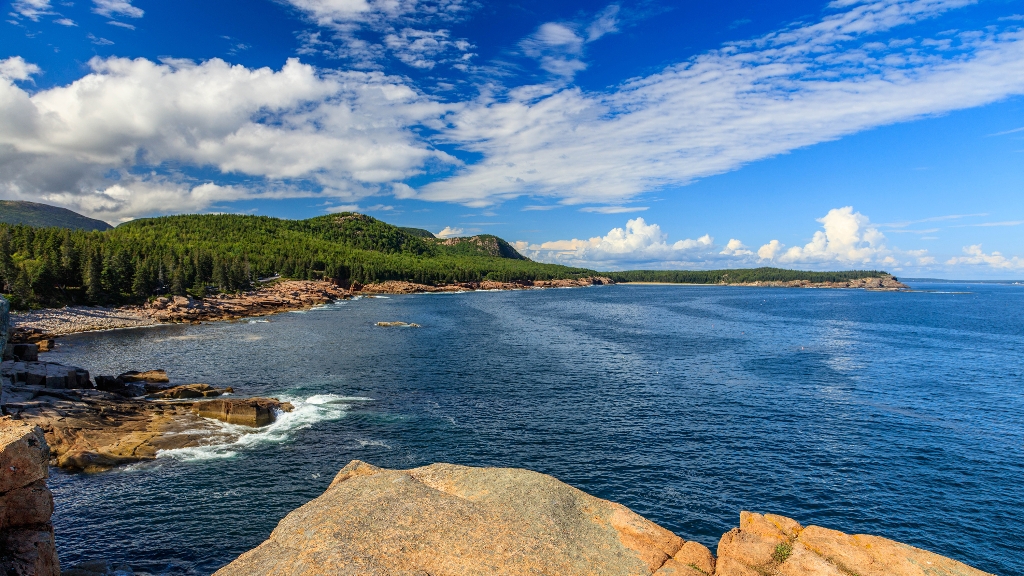
Acadia
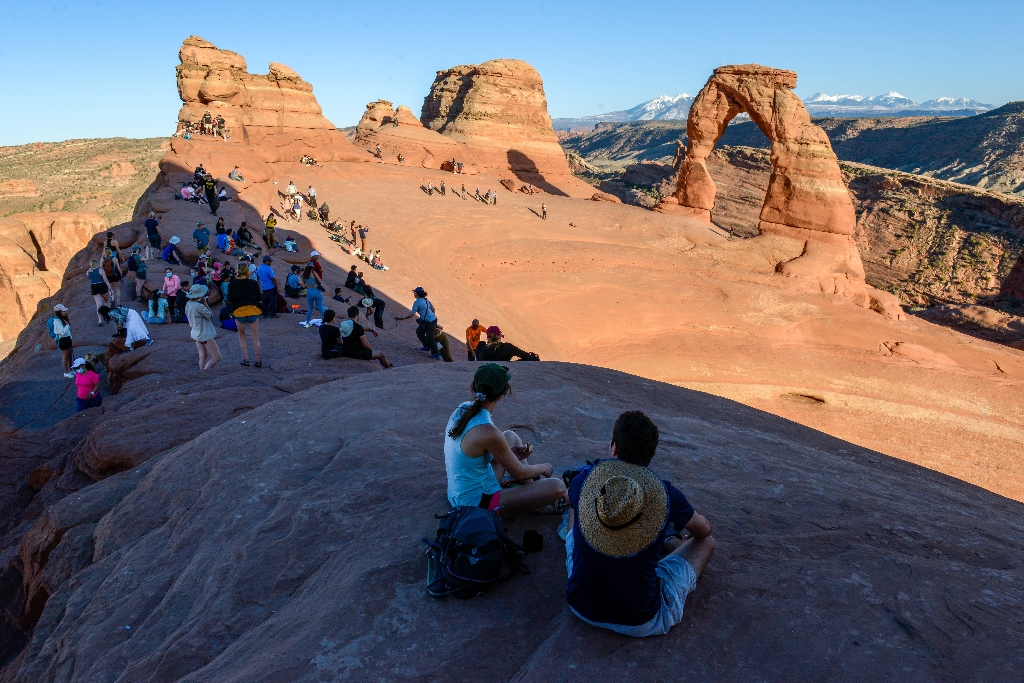
Arches National Park

Badlands
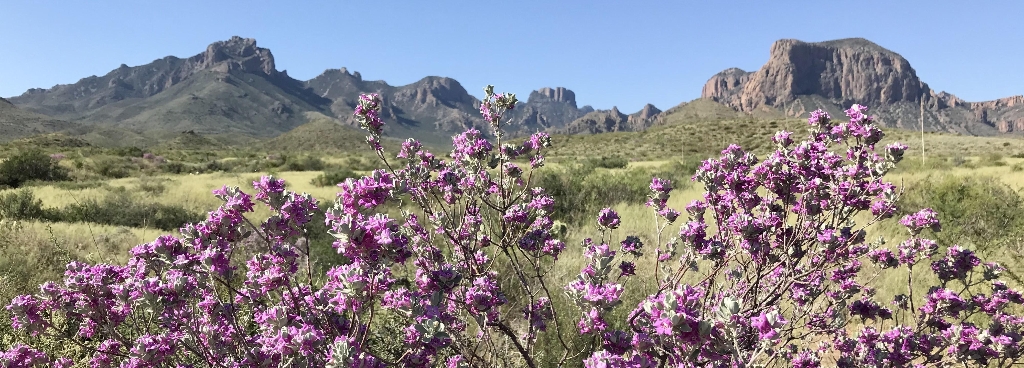
Big Bend
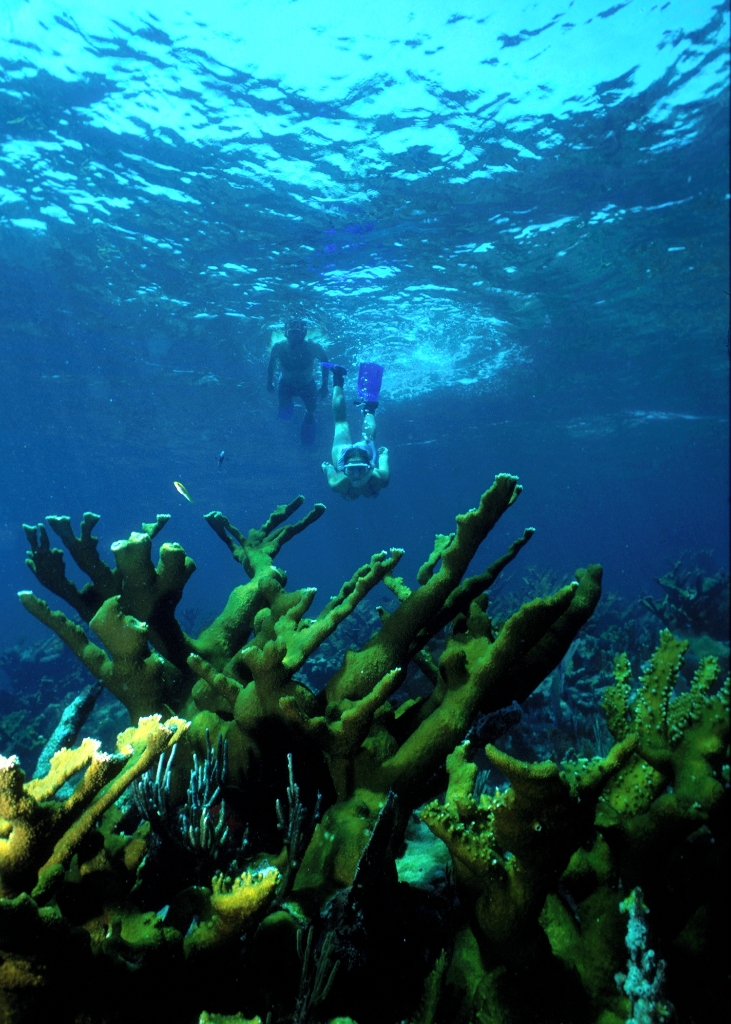
Biscayne

Black Canyon Of The Gunnison
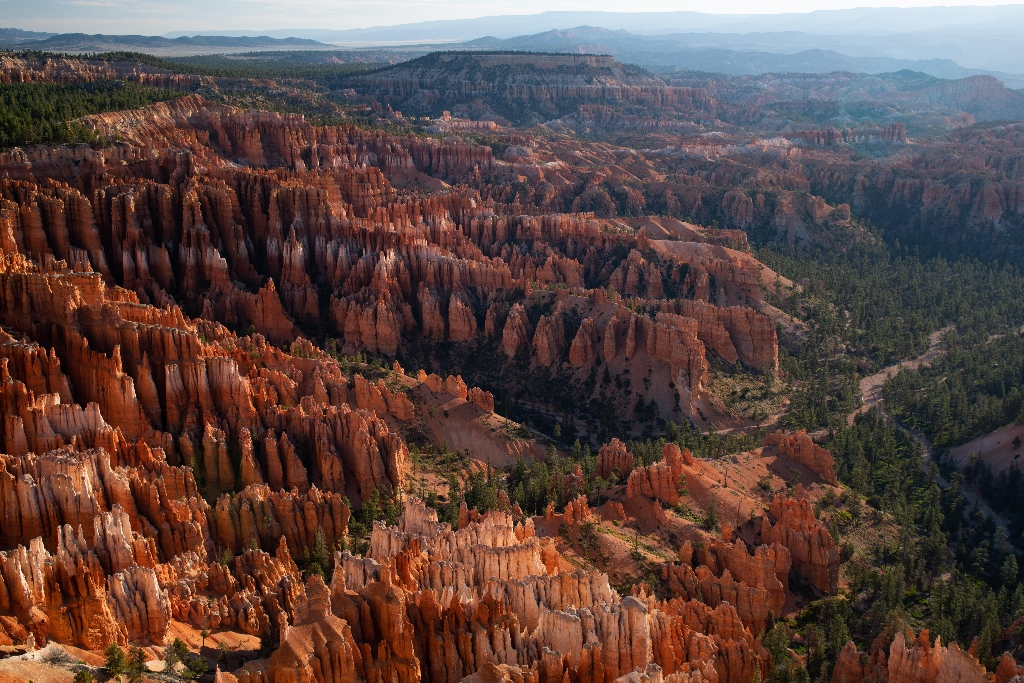
Bryce Canyon
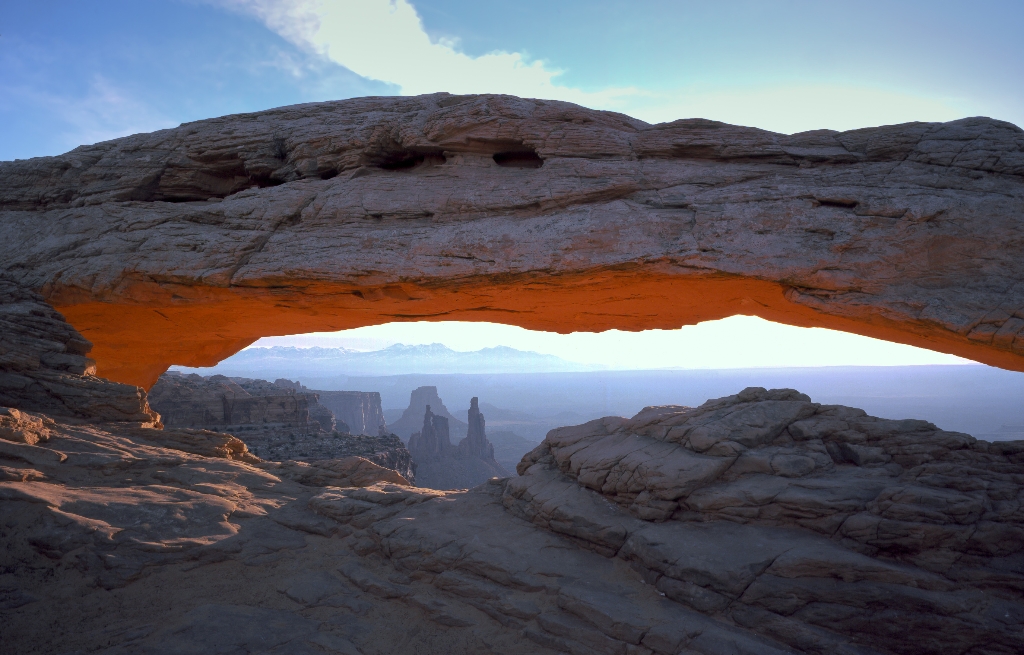
Canyonlands
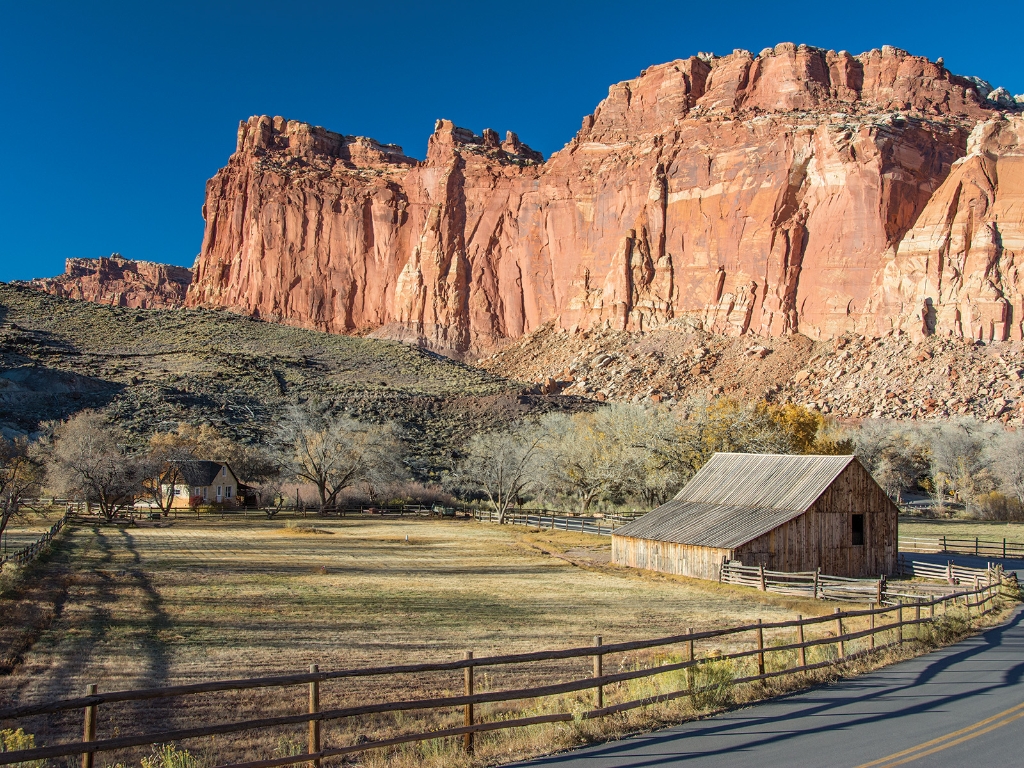
Capitol Reef
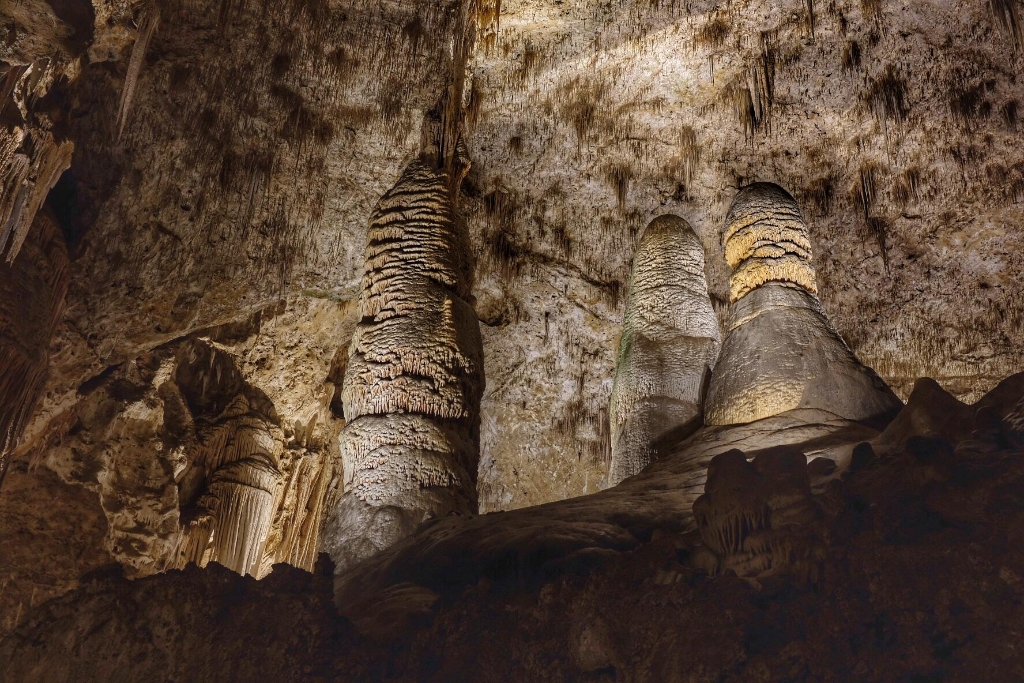
Carlsbad Caverns
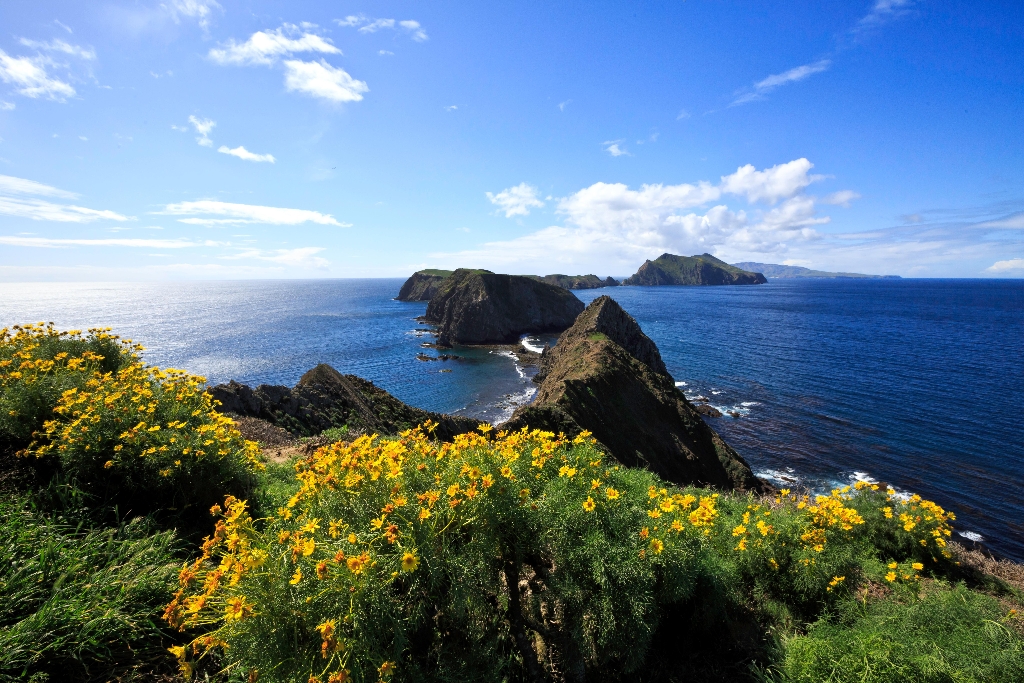
Channel Islands
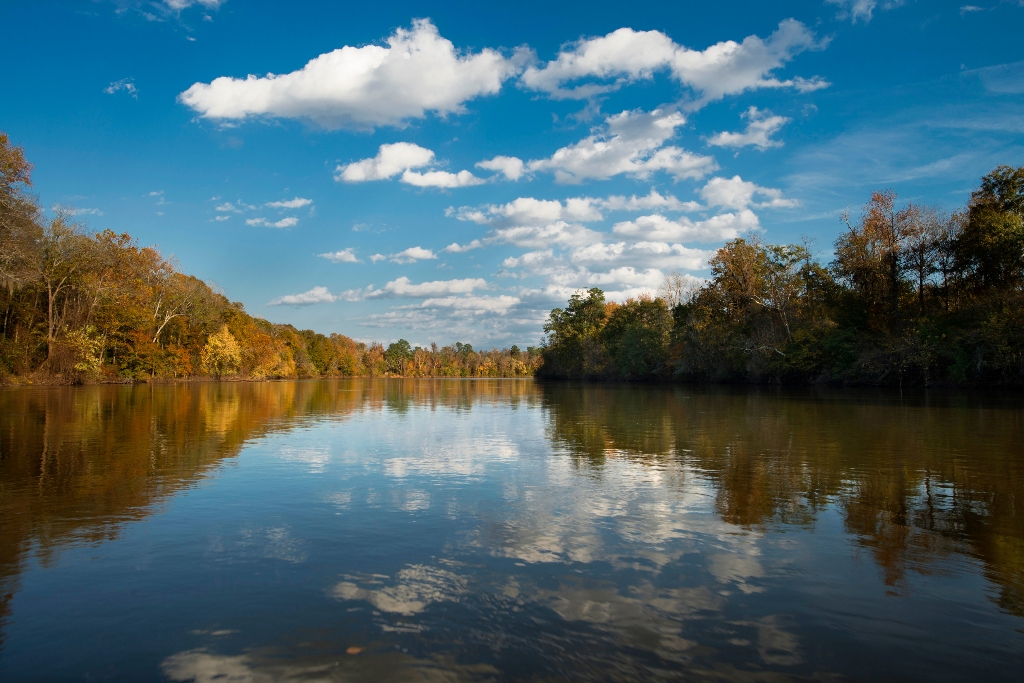
Congaree
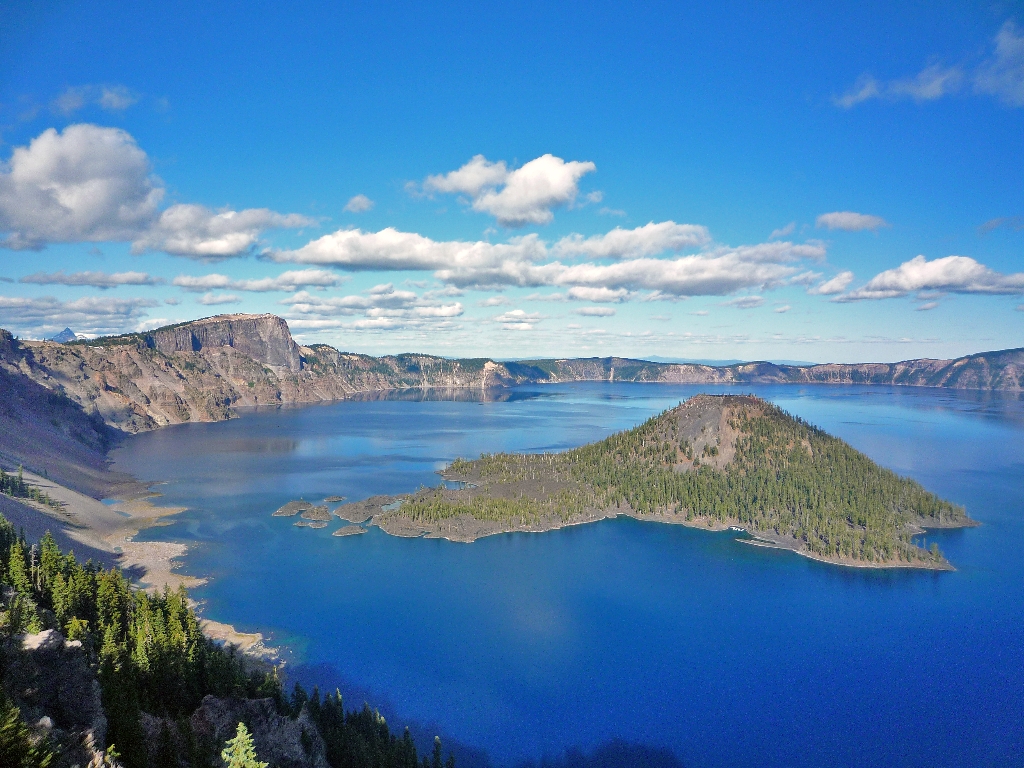
Crater Lake
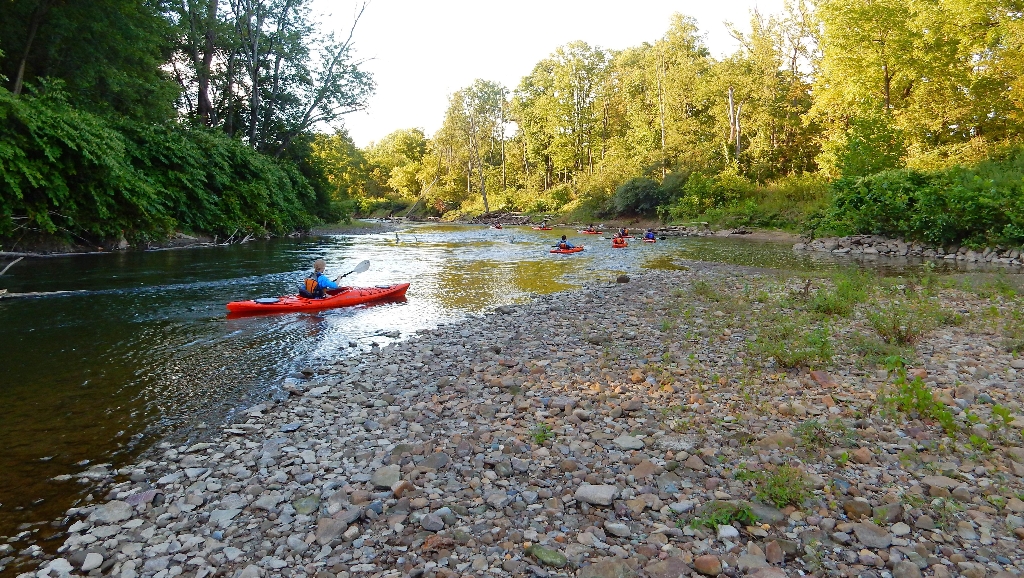
Cuyahoga Valley

Death Valley
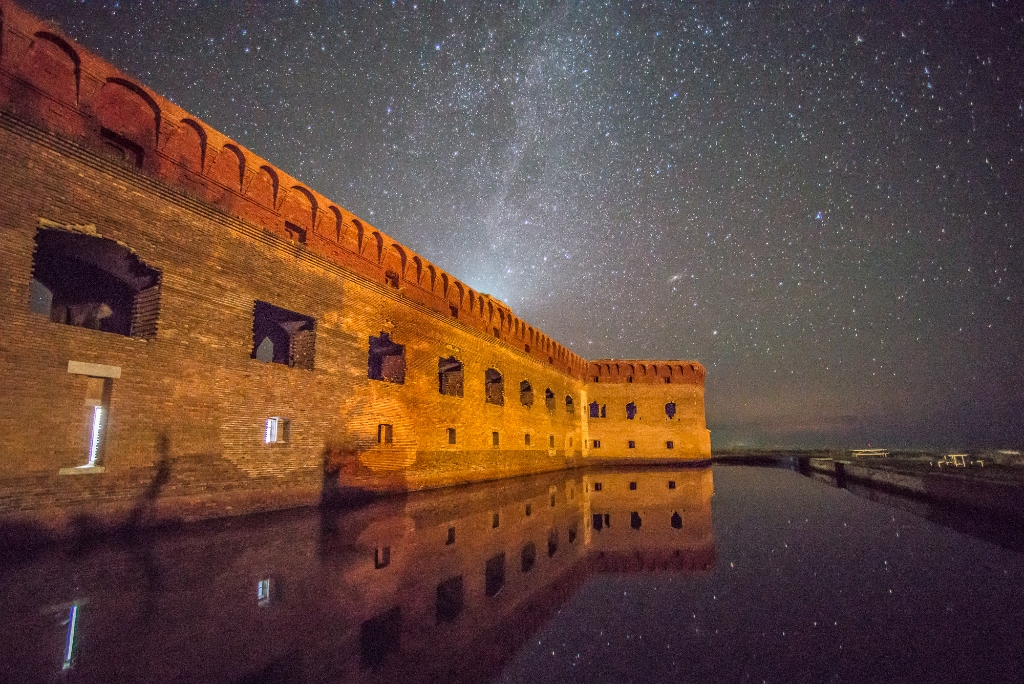
Dry Tortugas
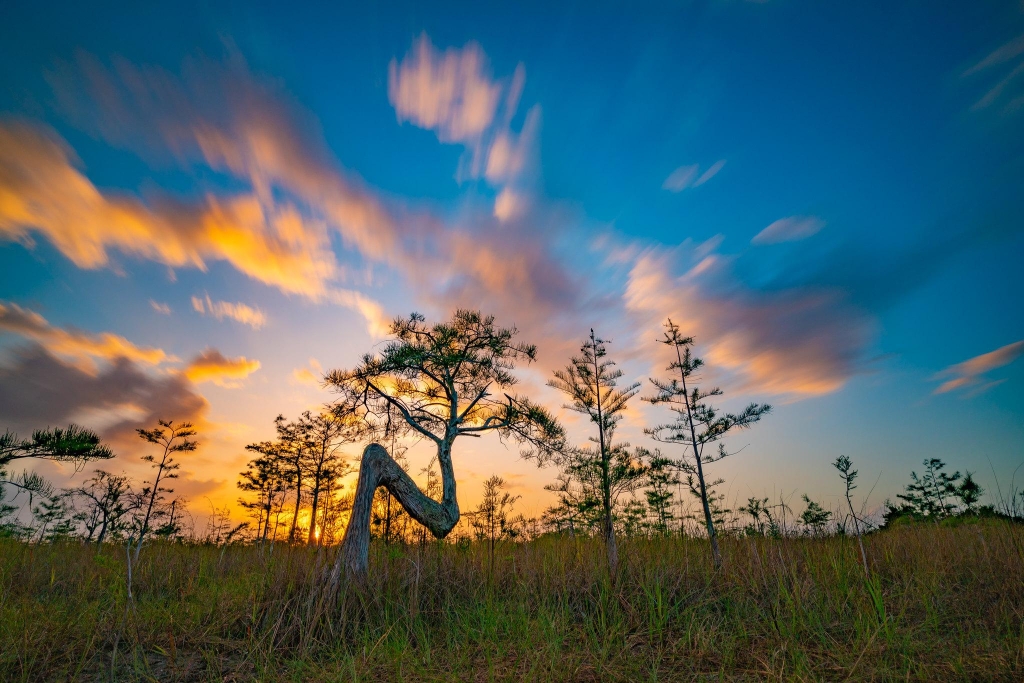
Everglades

Gateway Arch
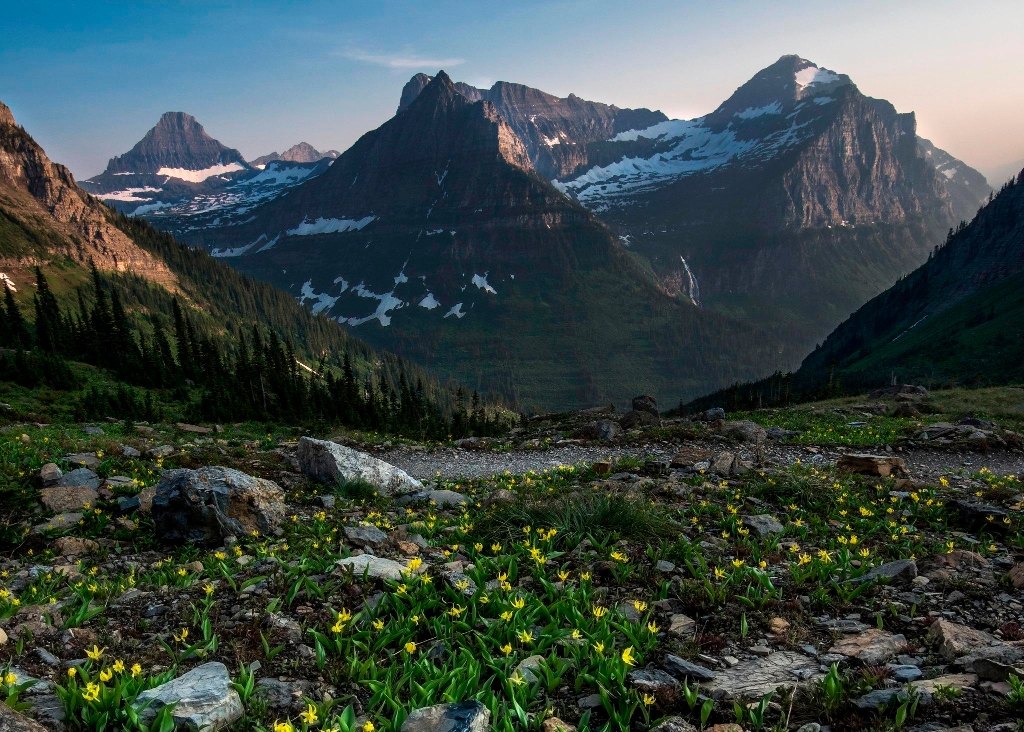
Glacier
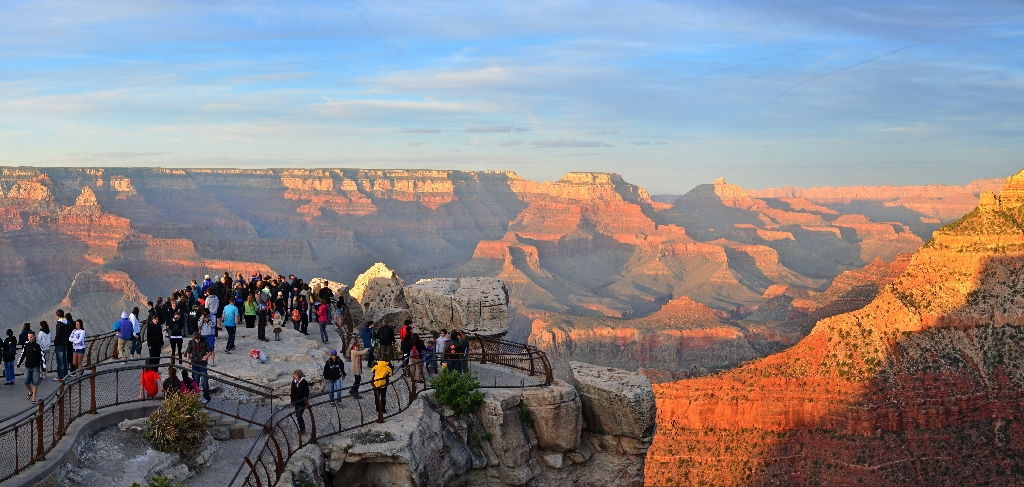
Grand Canyon

Grand Teton
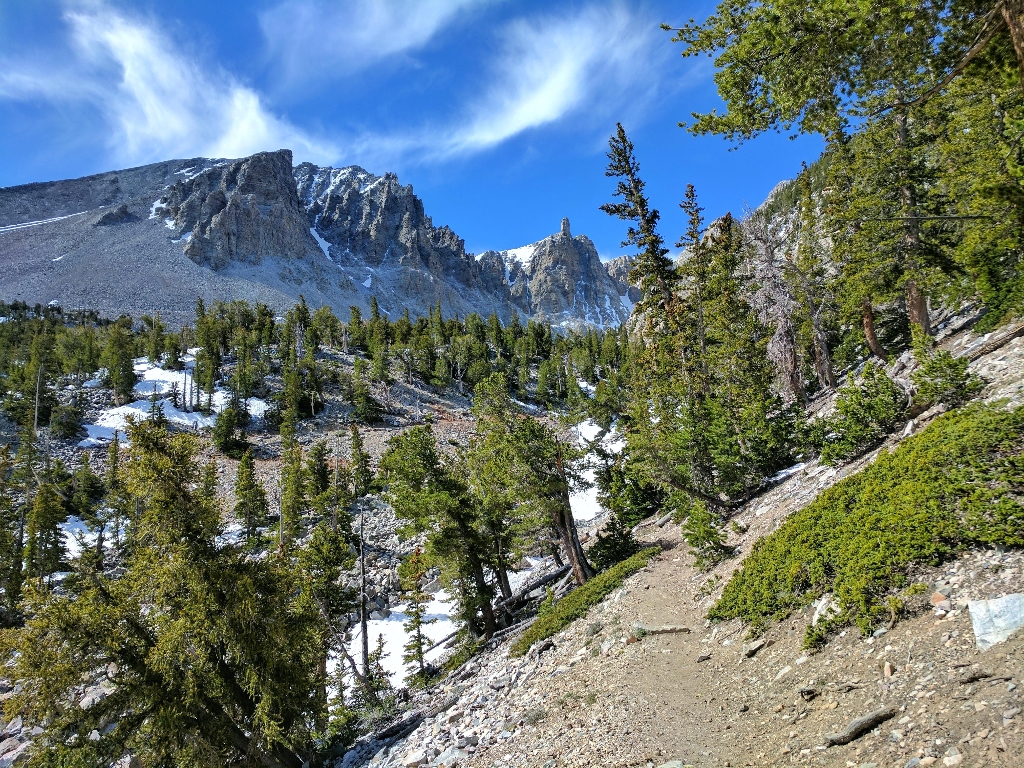
Great Basin
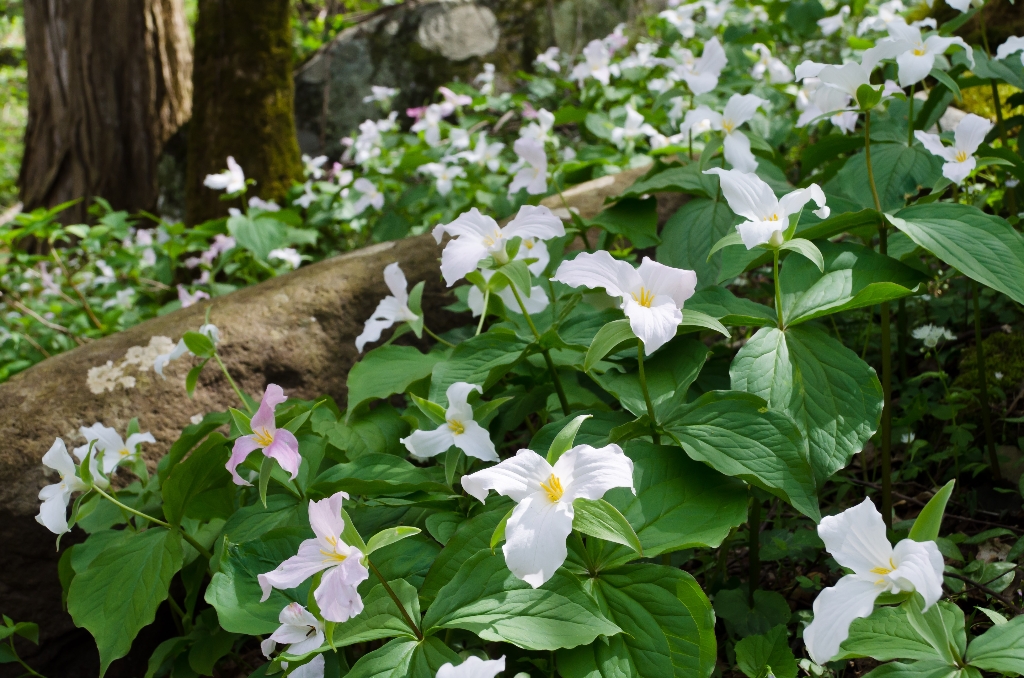
Great Smoky Mountains
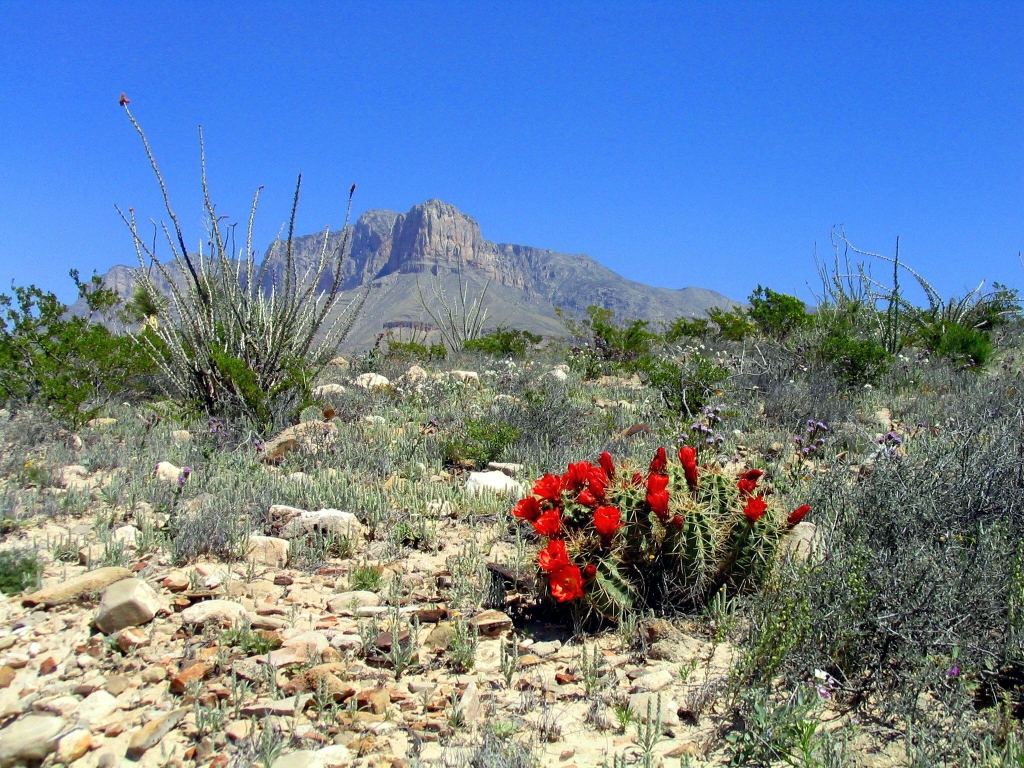
Guadalupe Mountains

Haleakalā
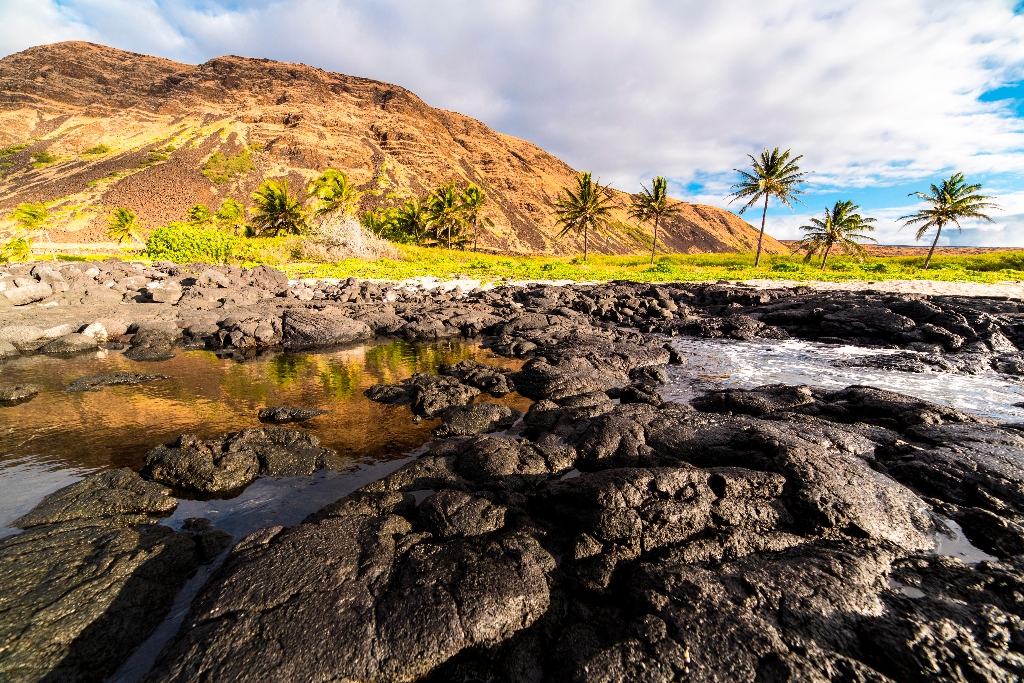
Hawaiʻi Volcanoes
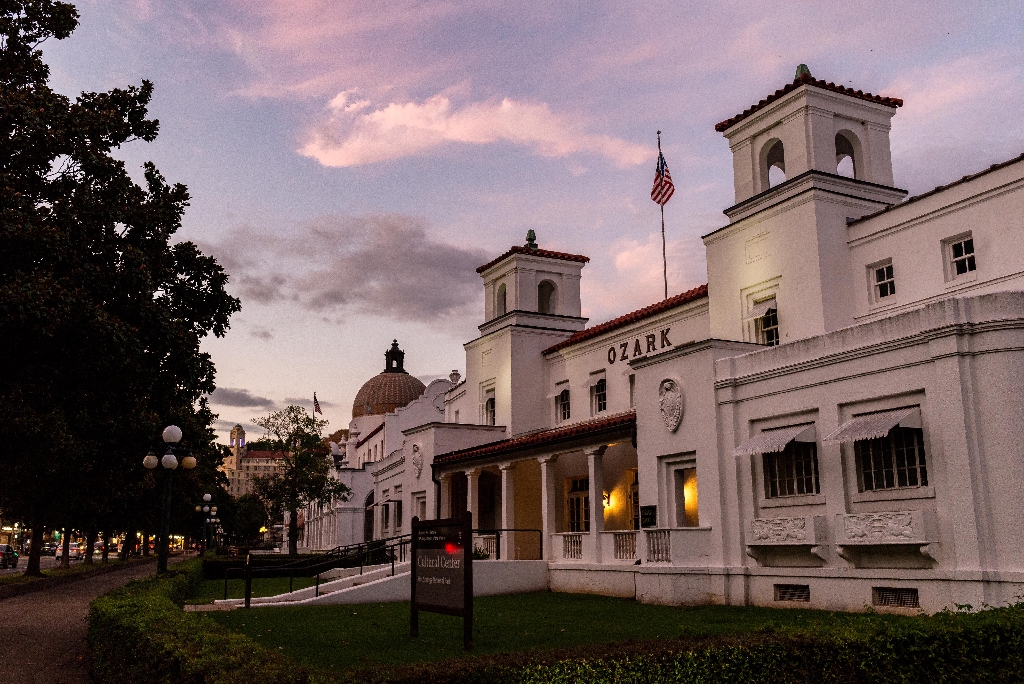
Hot Springs
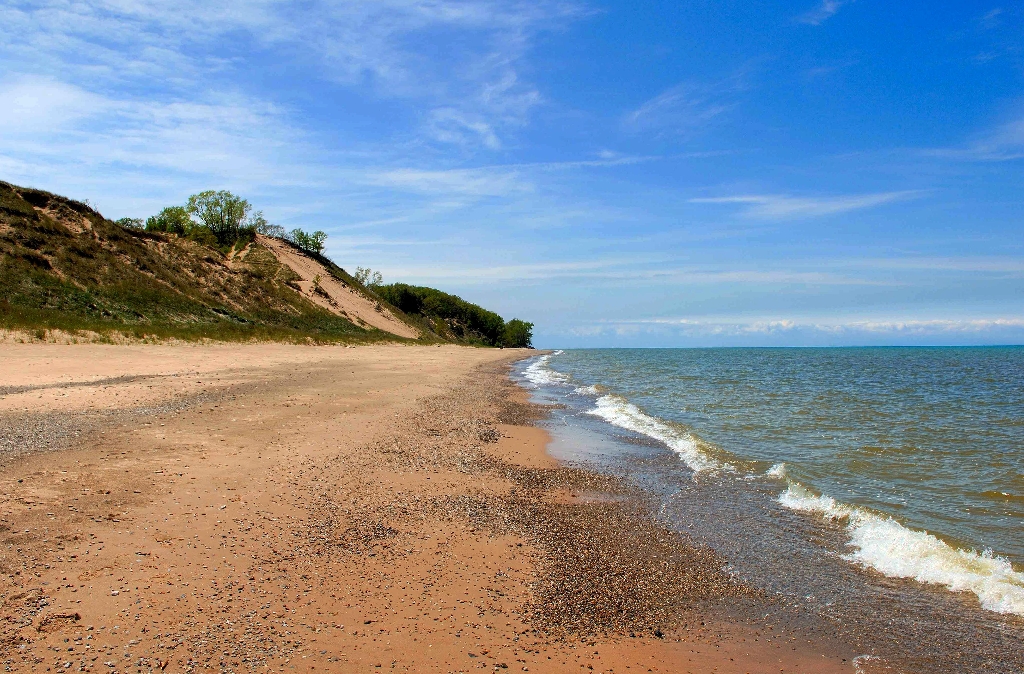
Indiana Dunes
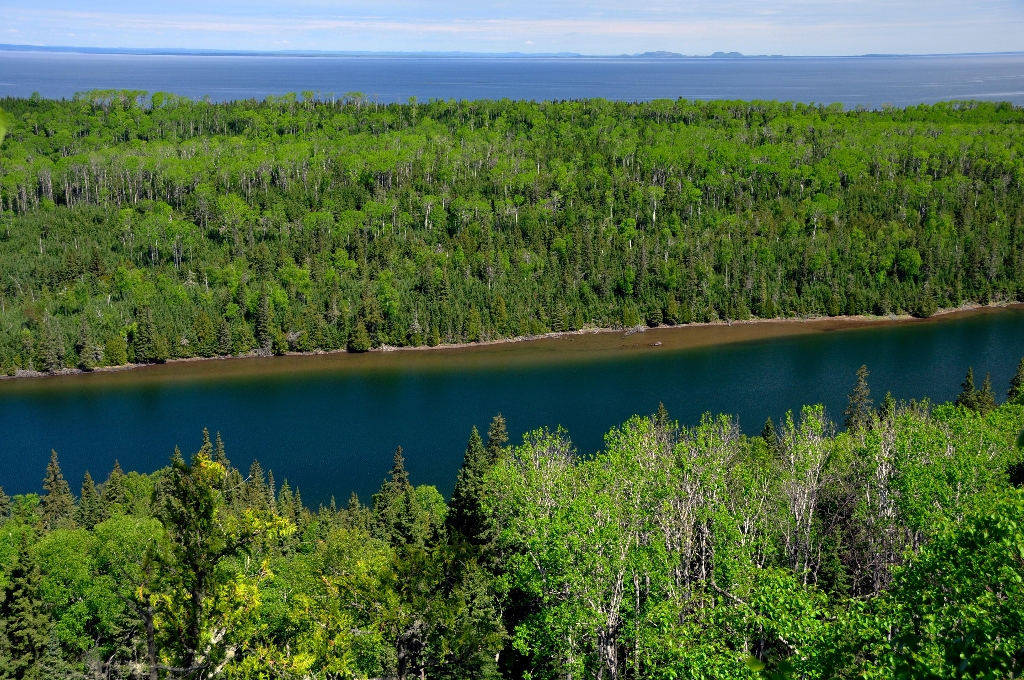
Isle Royale
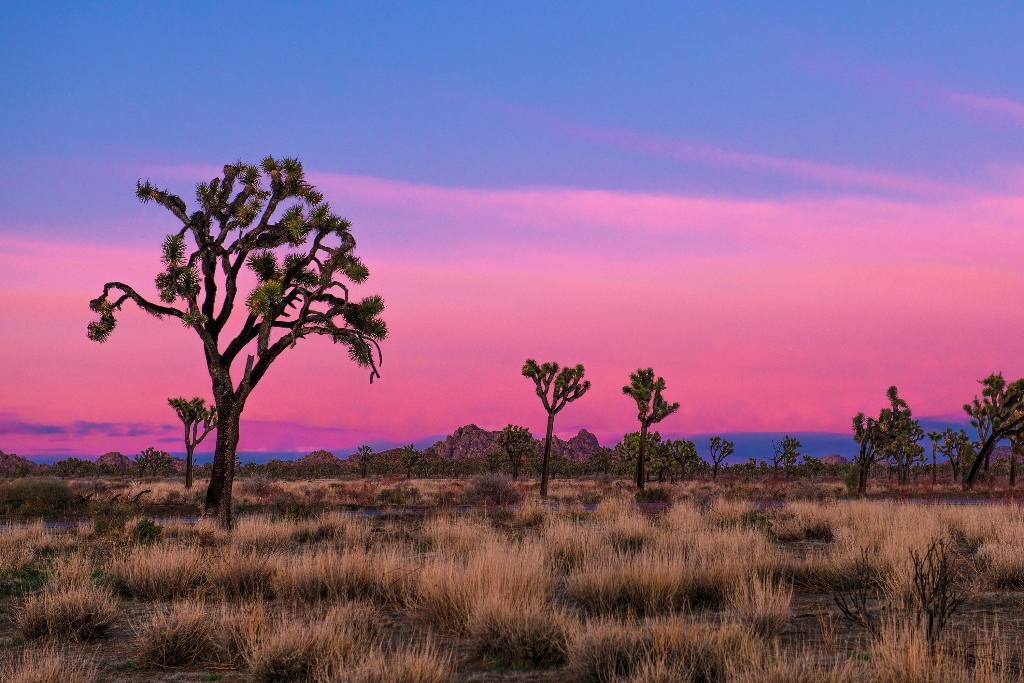
Joshua Tree

Kenai Fjords

Kobuk Valley
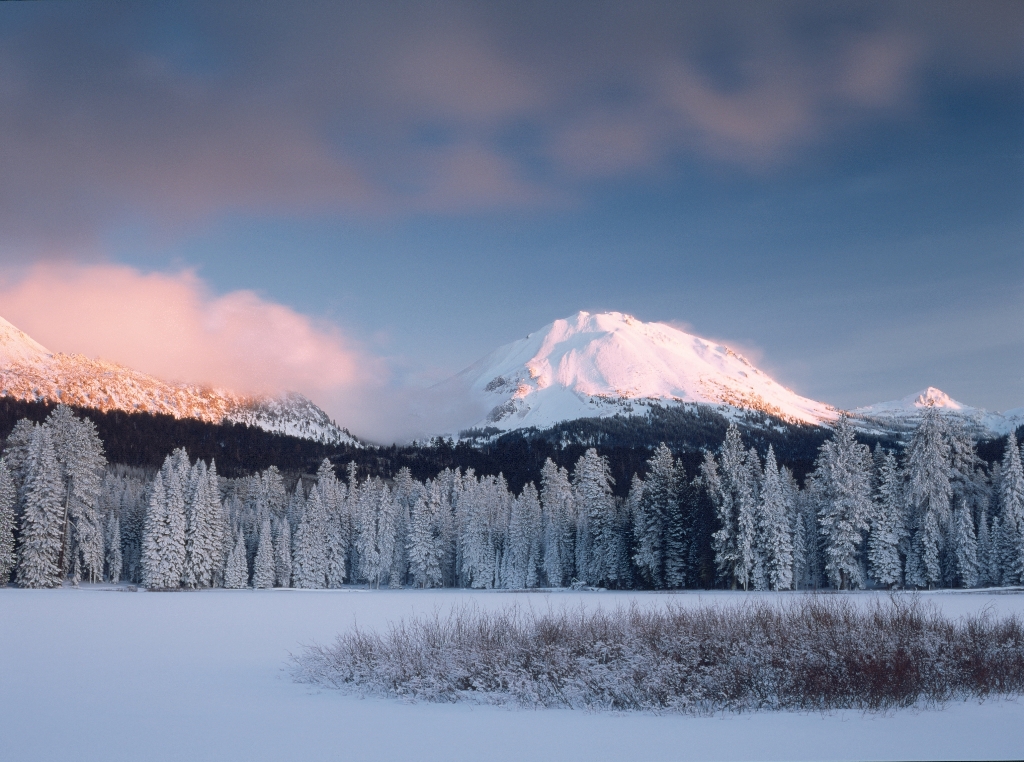
Lassen Volcanic
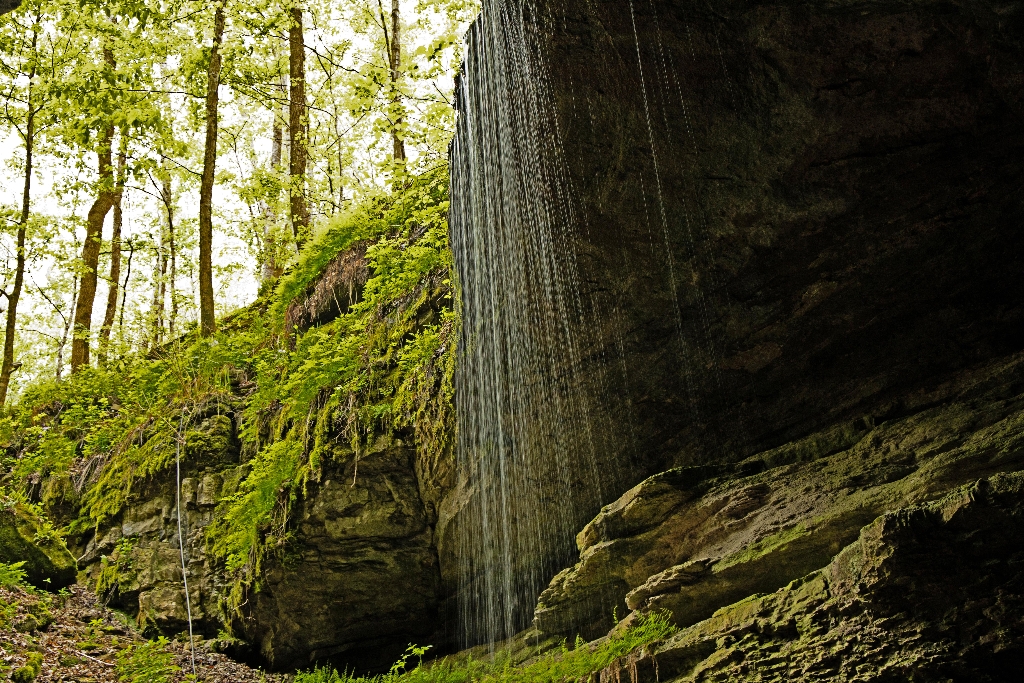
Mammoth Cave
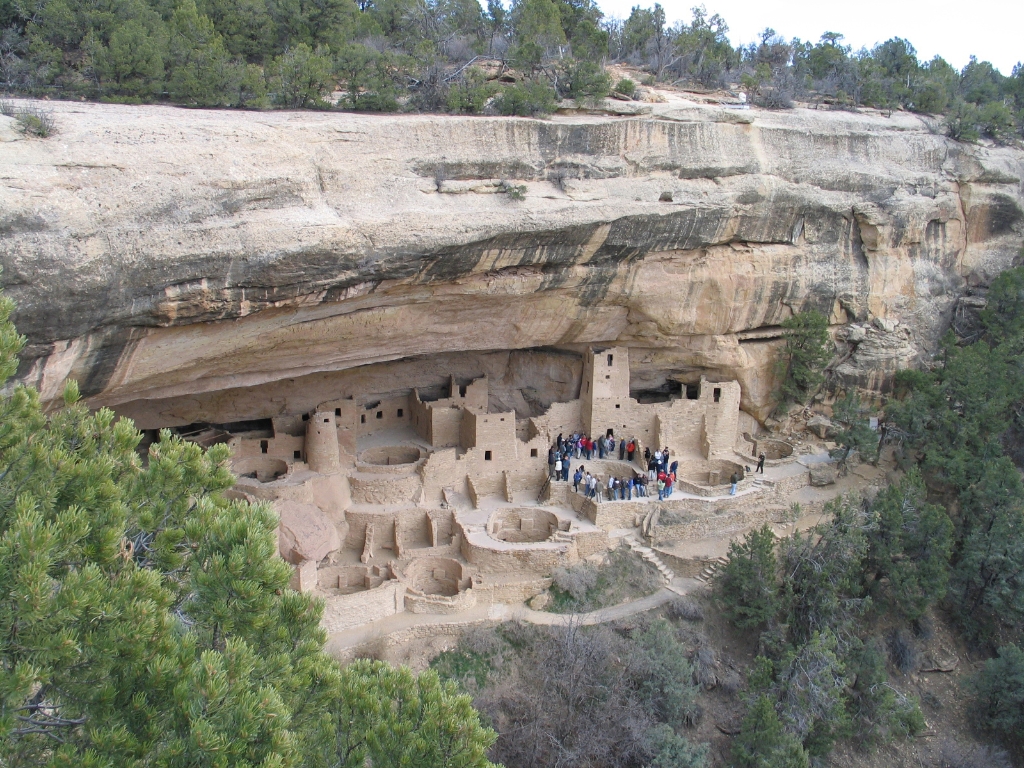
Mesa Verde
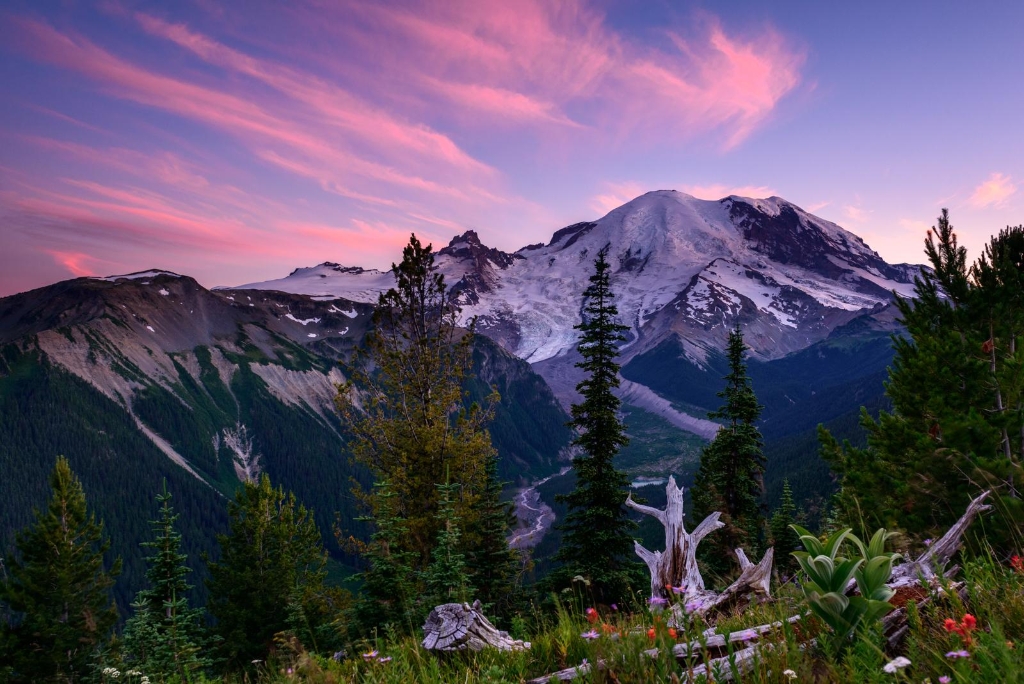
Mount Rainier
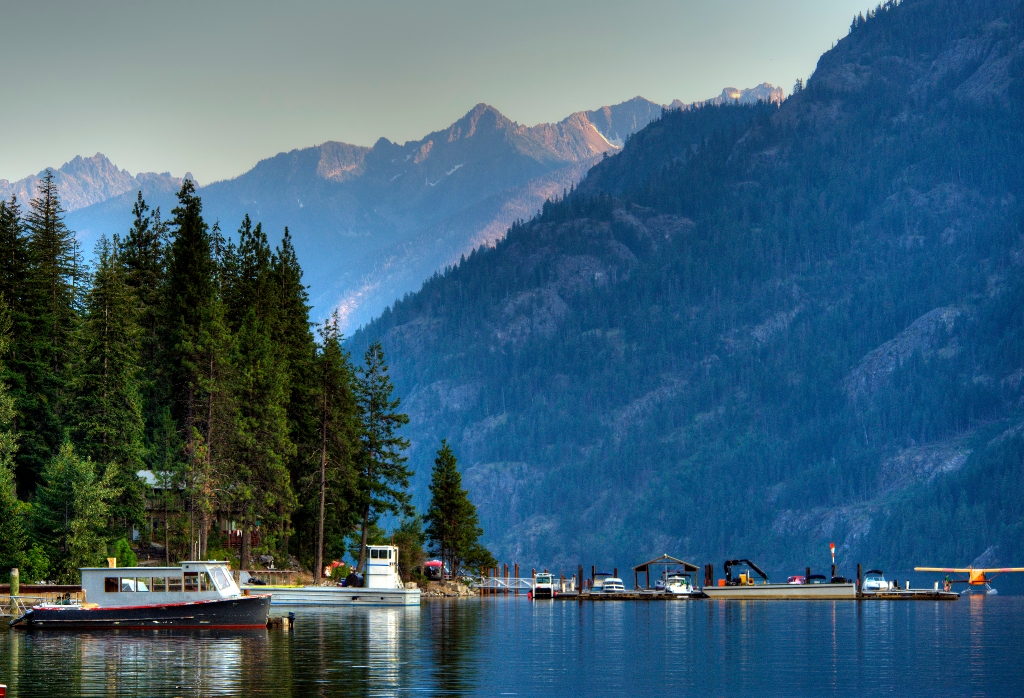
North Cascades

Olympic
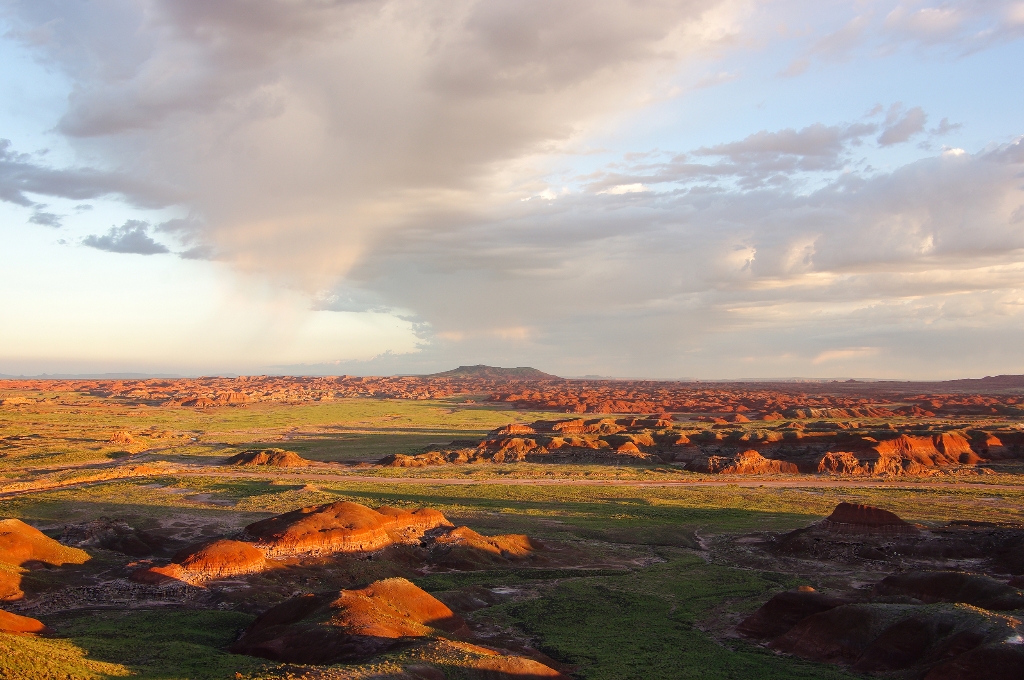
Petrified Forest
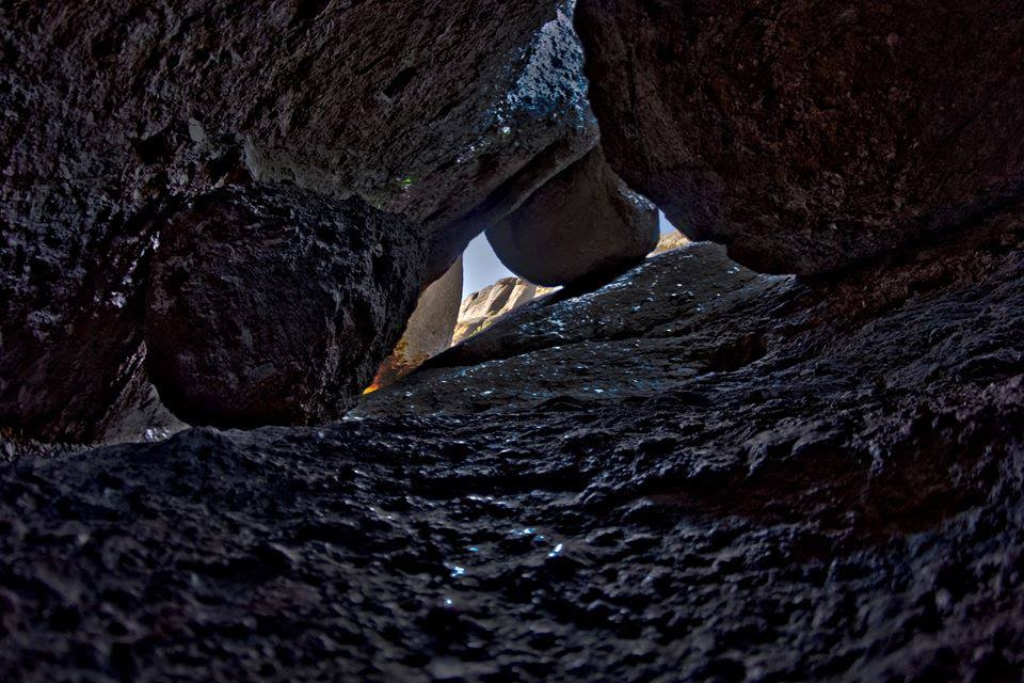
Pinnacles
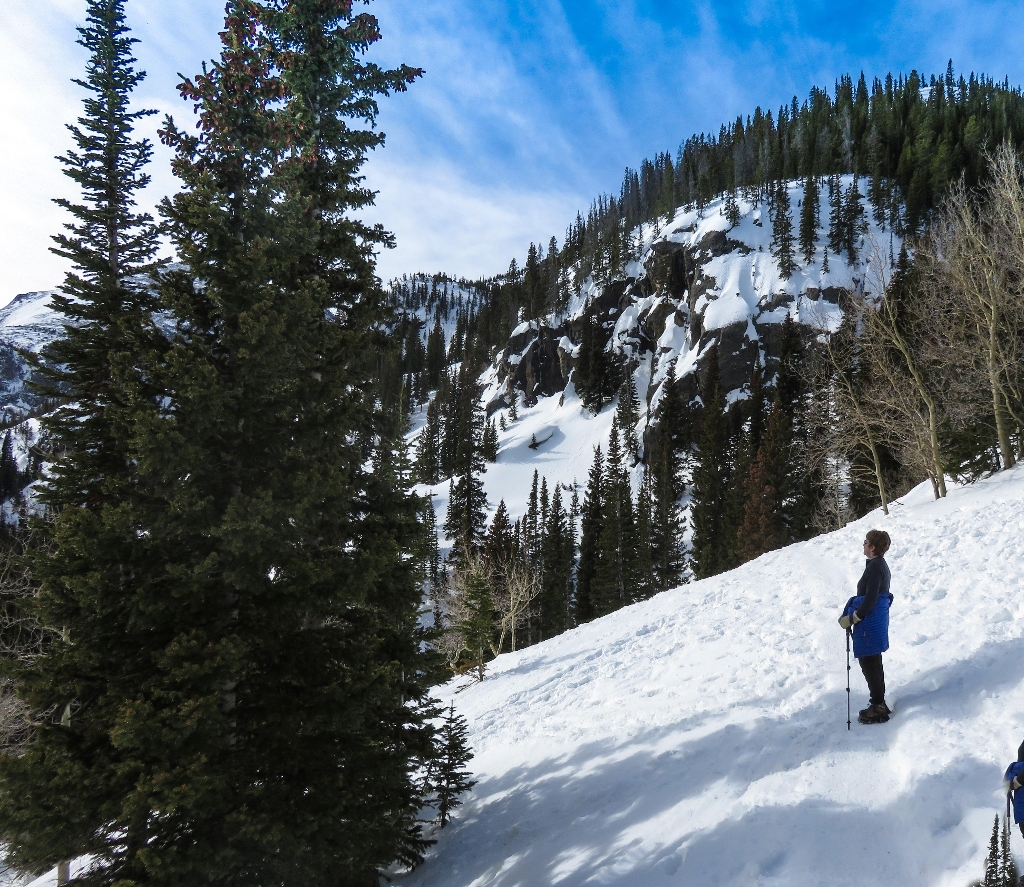
Rocky Mountain
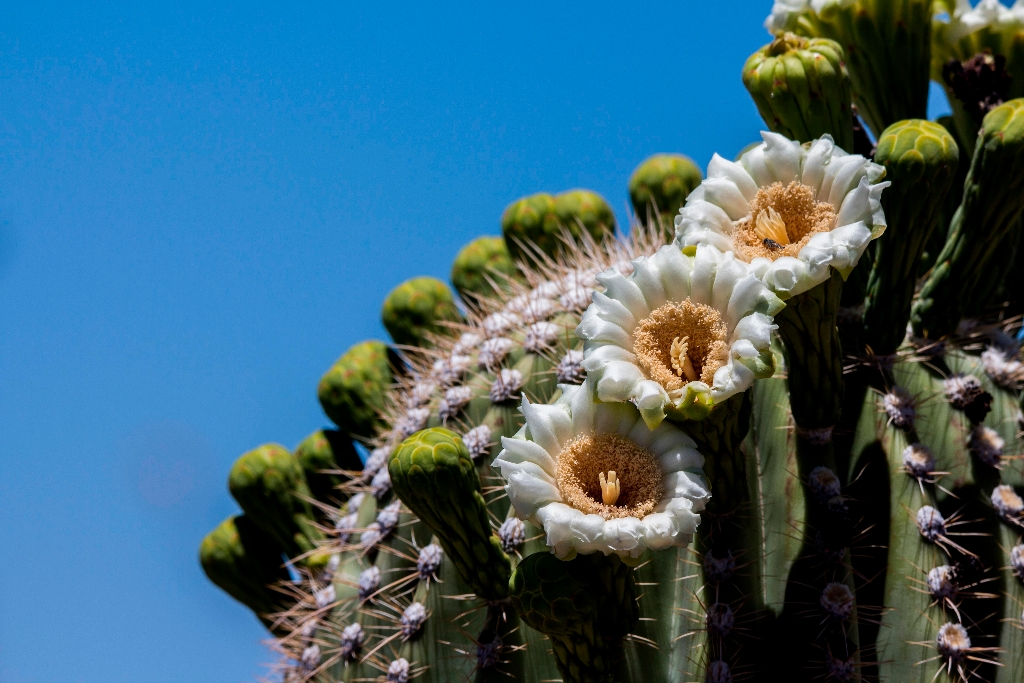
Saguaro
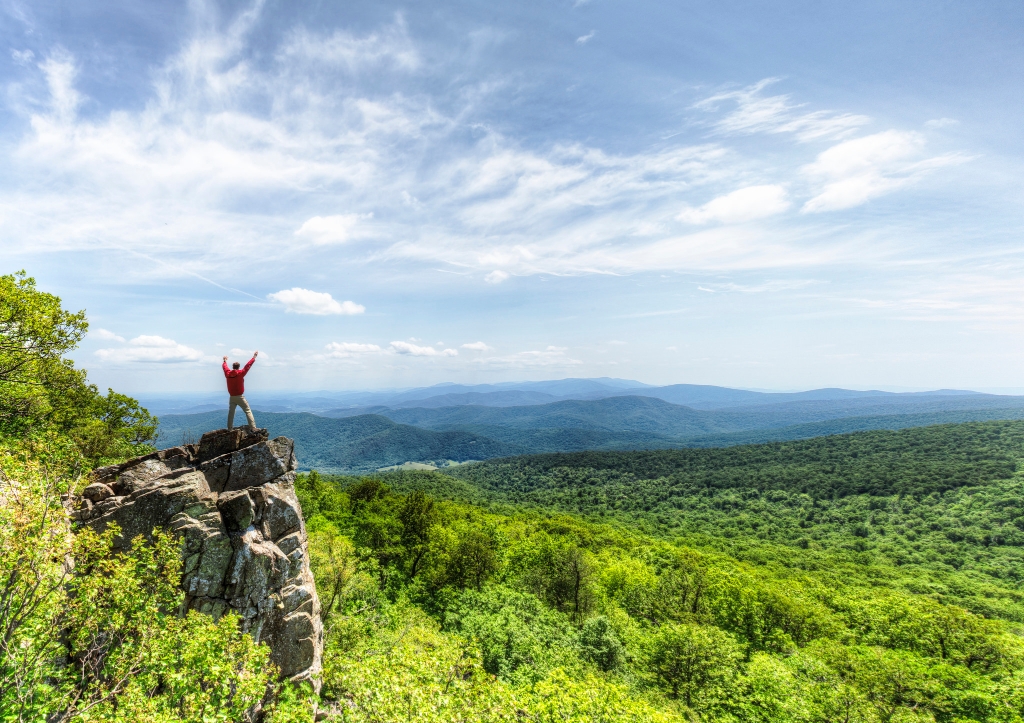
Shenandoah
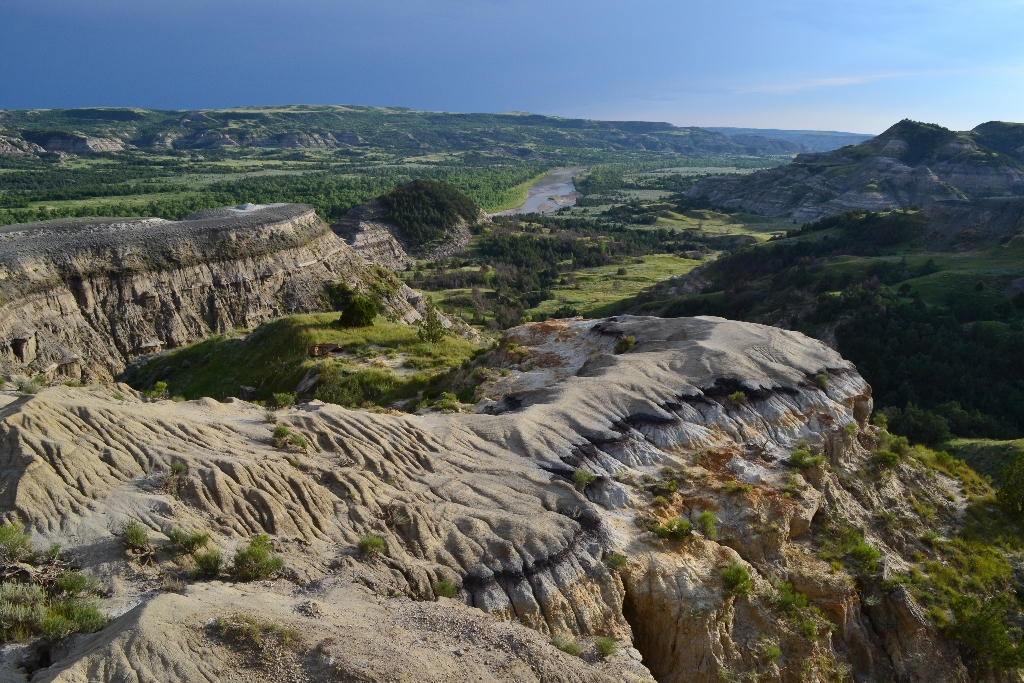
Theodore Roosevelt
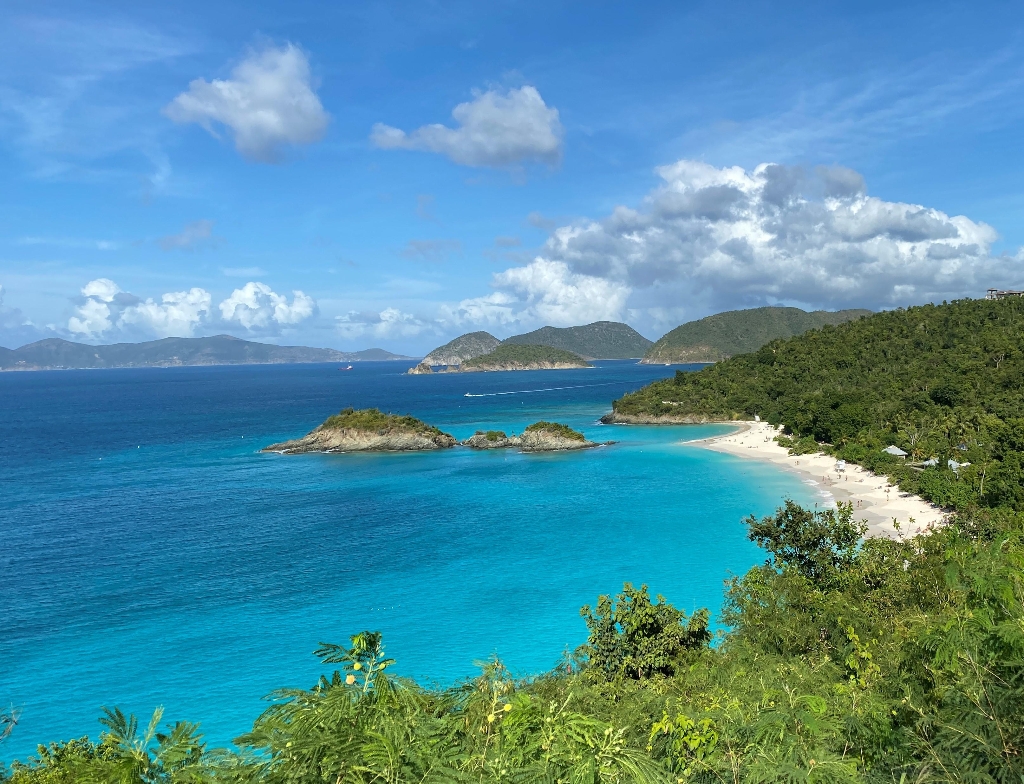
Virgin Islands
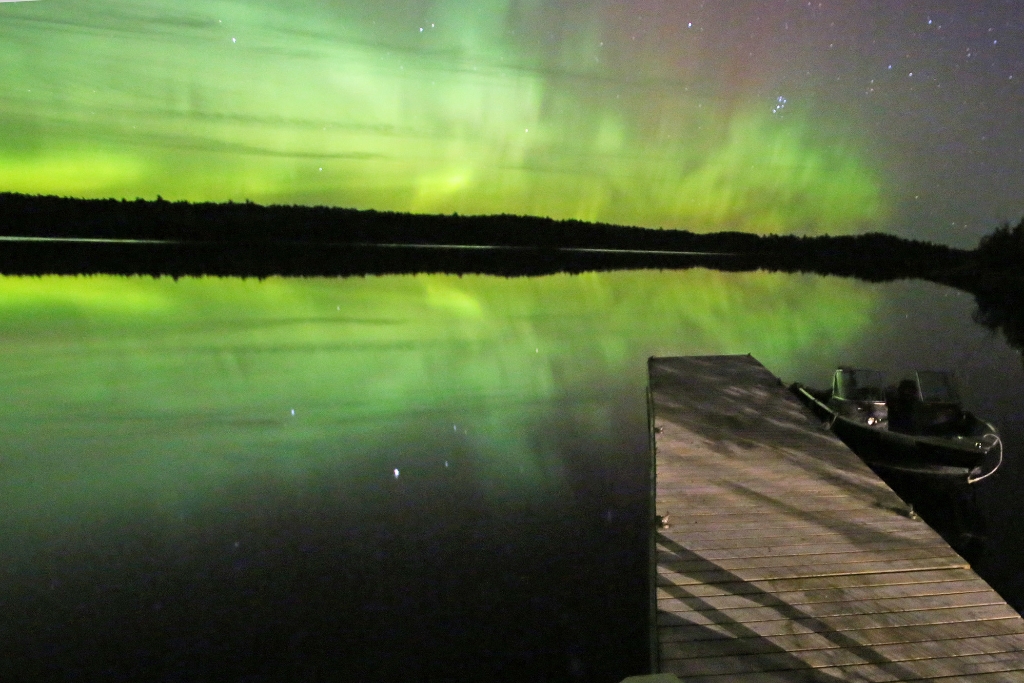
Voyageurs
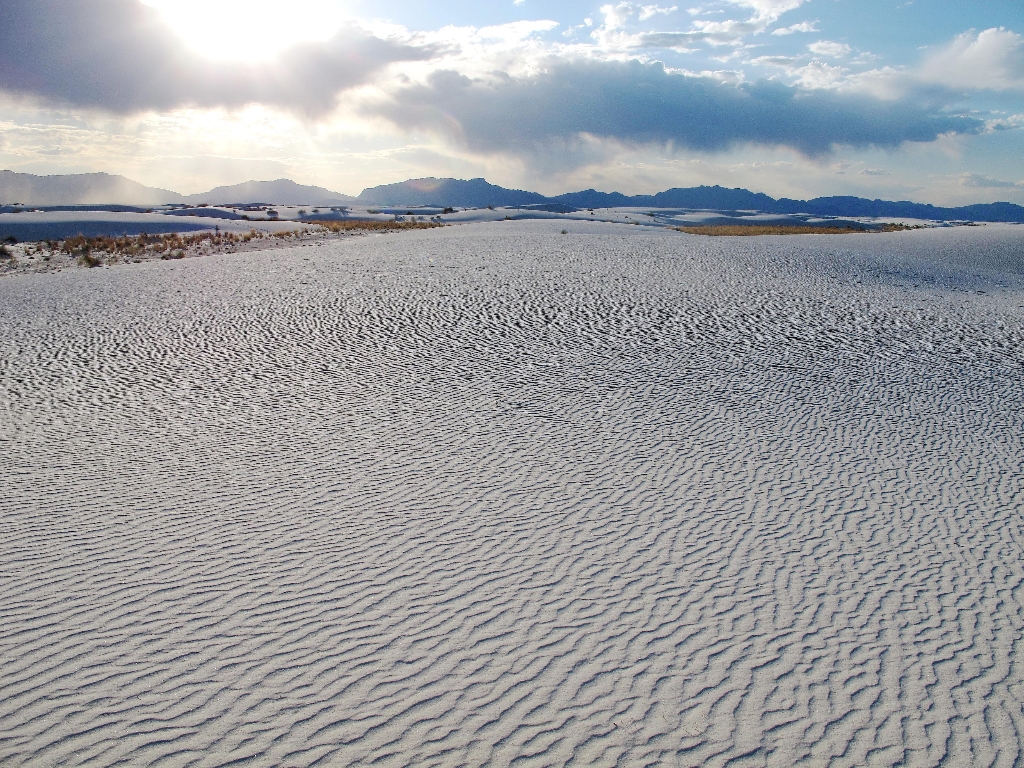
White Sands
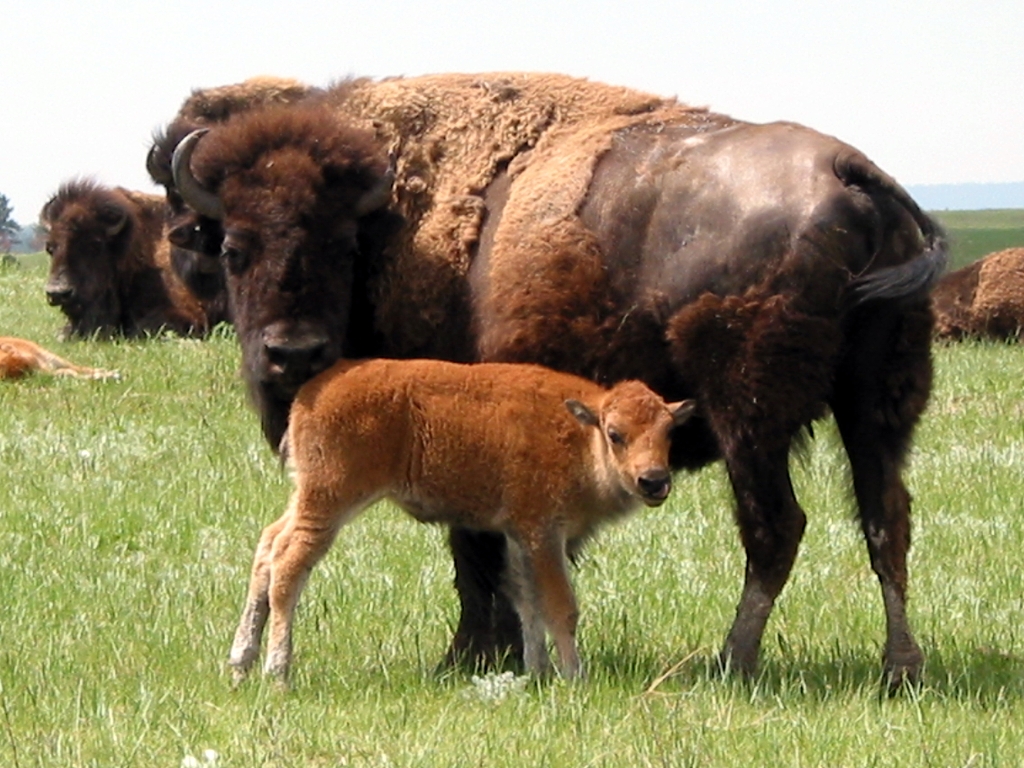
Wind Cave
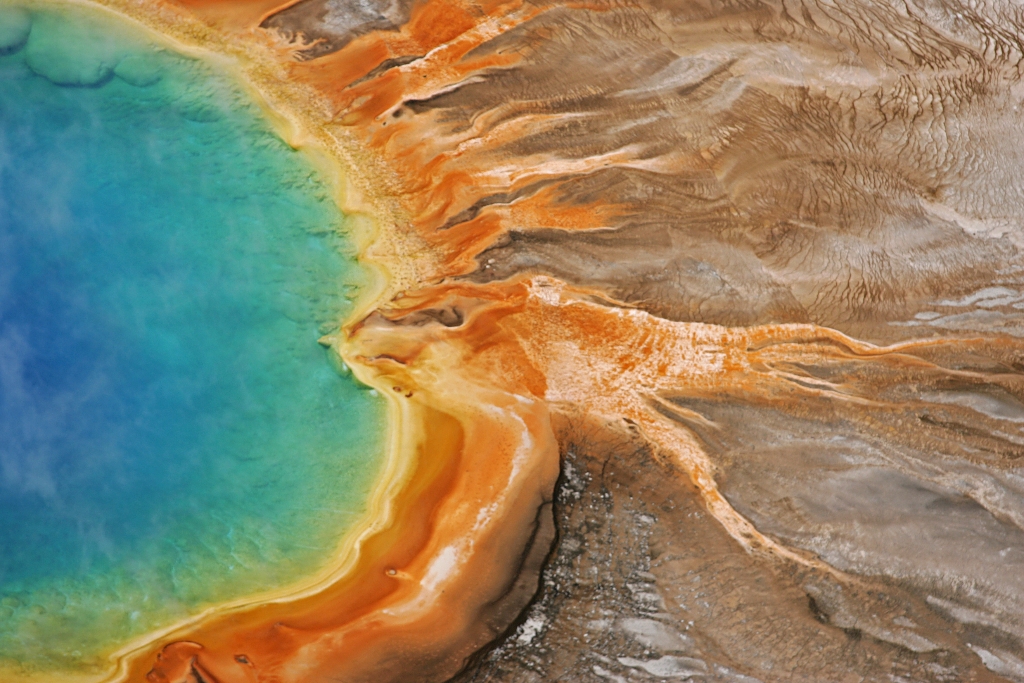
Yellowstone
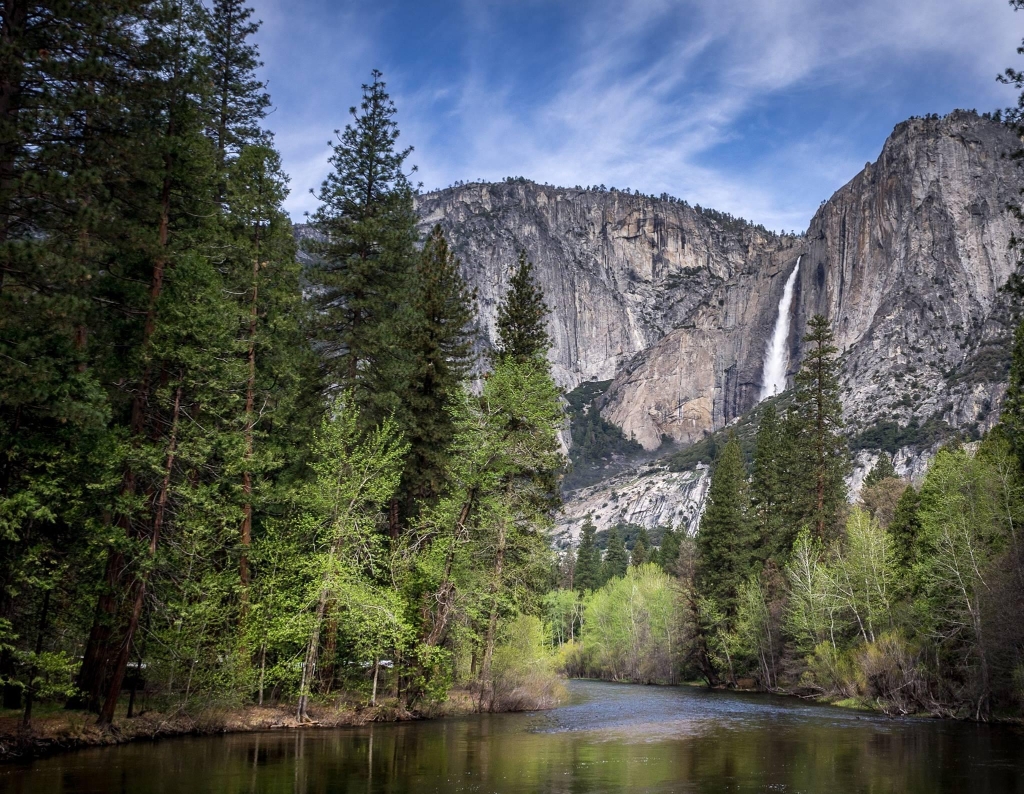
Yosemite

Zion